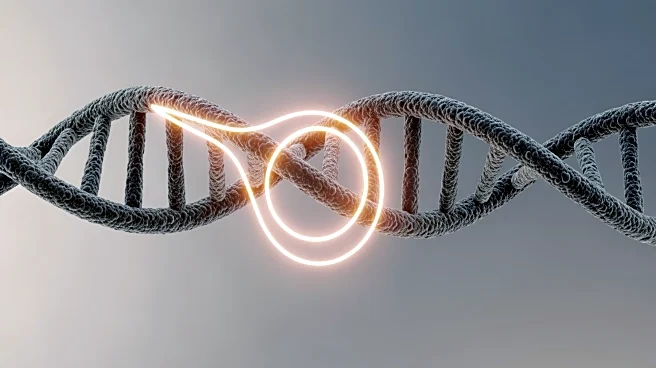What's Happening?
A study has revealed the critical role of the HIRA protein in defining early replication initiation zones independently of genome compartment. Using HeLa cells, researchers examined the impact of HIRA knockout
on 3D genome organization and chromatin accessibility. The study found that HIRA ensures proper provision of the histone variant H3.3 in compartment A, affecting chromatin organization and replication initiation. Despite changes in chromatin accessibility, the absence of HIRA led to significant alterations in compartment identity and interactions, highlighting its importance in maintaining genome stability.
Why It's Important?
The findings underscore the significance of HIRA in chromatin organization, which is vital for accurate DNA replication and cell division. Disruptions in these processes can lead to genomic instability, contributing to various diseases, including cancer. By understanding HIRA's role, researchers can develop strategies to target chromatin assembly defects, potentially leading to new treatments for diseases associated with replication errors.
What's Next?
Future research may focus on exploring HIRA's interactions with other chromatin-related proteins to fully understand its role in genome organization. Additionally, studies could investigate the therapeutic potential of modulating HIRA activity in diseases characterized by chromatin assembly defects. These efforts could pave the way for novel interventions that enhance genomic stability and prevent disease progression.
Beyond the Headlines
The study highlights the complex interplay between chromatin organization and gene expression, raising questions about the broader implications of chromatin dynamics in cellular function. Understanding these relationships could lead to advancements in personalized medicine, where treatments are tailored based on individual chromatin profiles.











